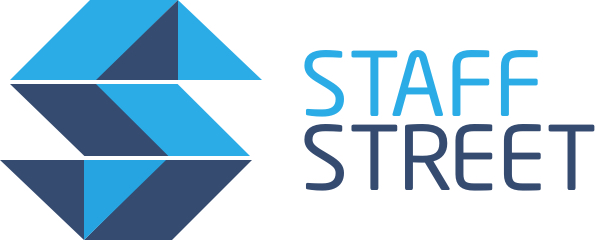When you search Google for advice on choosing the right productivity tools, you usually get an overwhelming list of available tools. Or they’ll tell you that you don’t really need productivity tools. Instead, they argue that what you really need is a way around your workflow.
As uncertainty follows us into 2021, organizations have to continue dealing with the changes in the way we now work. As a result, productivity tools are only going to increasingly inhabit a place of importance in our work environment, wherever in the world that may be. It’s important to remember the following advice.
1. Tools are just tools.

As you may have already learned the plethora of articles, choosing to use productivity tools is not going to solve all your problems. According to the Harvard Business Review, productivity is a lot like success in playing a sport. Anyone can buy a nice pair of running shoes or buy a good set of tennis racquets. But having them doesn’t make you any better at playing a game. Proper skills and a proper workflow come first. According to Cody Mclain, the Founder of SupportNinja, “Your routine, habits, and mindset are much more important to your overall productivity than any tool or software.” Productivity tools augment performances. They don’t deliver productivity on a platter like a magic pill.
2. Productivity is an All-Team Effort.

A cost-efficient use of productivity tools improves not just any one employee’s workflow. It can augment the productivity of the entire team. Jay Jamison, the Senior Vice President of Strategy and Product Management of Quick Base, says it’s important to make sure that the tools that are brought onboard don’t actually cut into team productivity. It’s important, therefore, to walk everyone through how a certain tool is supposed to help everyone work better.
“It’s important to recognize when a technology is a burden rather than a help. For those who turn to technology, there are solutions that help automate mundane, time-consuming tasks and allow us to focus on more strategic tasks — and there are also some that just give us another thing to manage,” says Jamison.
3. Ensure that the productive tool is actually productive.

It’s not just the people you have to orient to make an efficient use of a productivity tool. Make sure that the productivity goal you’re trying to meet actually gets addressed by the tool that you’re onboarding.
Choosing the right productivity tools alone is not going to make-up for the lack of skills or knowledge. It will not compensate for any bad habits and miscommunication issues that plague your organization.
Understand your company’s needs and the individual strengths of your employees. Ensure that the tools that you utilize will bridge those two things in the most efficient way possible. Otherwise, look for other solutions. Poor communication, for example, can’t just be solved by putting people on Slack or blasting them emails. You need to address that personally.
4. Weigh the costs.

So, productivity tools aren’t cheap, especially if they pile. They cost and not just financially. They can actually prove more distracting to have than not and, in the end, cut down on the level of productivity you’re actually trying to raise. It can also reduce interpersonal skills that are crucial to the integrity of the organization. When you’re trying to solve competency or communication problems by turning to apps, remember that it’s only going to help you as far as the application is designed to. Recognize the problem you want to solve. Determine whether it would be better solved by talking to one another or addressing them as people, rather than throwing money – or this in case, technology – at it.
5. Use it.

Actually use the tool. Productivity tools come with plenty of features with varying degrees of utility to the people using them. So, when you get one, make the most out of your investment by taking the time to learn the features and finding ways to integrate their use into your workflow. If you find yourself using less than half of the features, consider finding other tools that can help you get things done without spending as much money.
The most important thing is to remember that tools mean nothing without actual human input. Their value comes from evidence that they can actually improve the way we do things. So, in choosing the right productivity tool for you, remember to integrate the tools into yours and your team’s workflow. Make sure that they’re actually relevant and productive, and that they provide you more benefits than costs.

